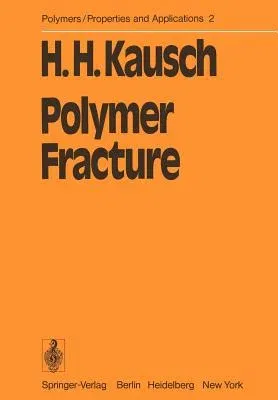H - H Kausch
(Author)Polymer Fracture (Softcover Reprint of the Original 1st 1978)Paperback - Softcover Reprint of the Original 1st 1978, 12 February 2012

Qty
1
Turbo
Ships in 2 - 3 days
In Stock
Free Delivery
Cash on Delivery
15 Days
Free Returns
Secure Checkout
Part of Series
Polymers - Properties and Applications
Print Length
332 pages
Language
English
Publisher
Springer
Date Published
12 Feb 2012
ISBN-10
3642964621
ISBN-13
9783642964626
Description
Product Details
Author:
Book Edition:
Softcover Reprint of the Original 1st 1978
Book Format:
Paperback
Country of Origin:
NL
Date Published:
12 February 2012
Dimensions:
24.41 x
16.99 x
1.83 cm
ISBN-10:
3642964621
ISBN-13:
9783642964626
Language:
English
Location:
Berlin, Heidelberg
Pages:
332
Publisher:
Weight:
548.85 gm

